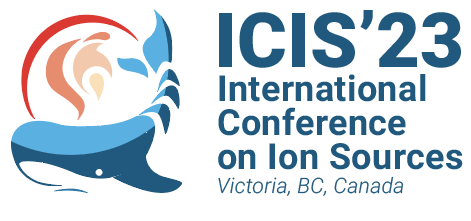Speaker
Description
The Reaccelerator (ReA) of the Facility for Rare-Isotope Beams (FRIB) employs an Electron-Beam Ion Trap (EBIT) as a charge breeder to reaccelerate rare-isotope beams to several MeV/u. The ReA EBIT uses a Pierce-type electron gun with its cathode partially immersed in the fringe field of a 4-T superconducting solenoid. A barium-impregnated tungsten dispenser cathode is used to produce an electron current of 300 – 600 mA, corresponding to an electron current density of 170 – 340 A/cm
This material is based upon work supported by the U.S. Department of Energy, Office of Science, Office of Nuclear Physics and used resources of the Facility for Rare Isotope Beams (FRIB), which is a DOE Office of Science User Facility, operated by Michigan State University, under Award Number DE-SC0000661.
| Funding Agency | U.S. Department of Energy, Office of Science |
|---|---|
| Email Address | son@frib.msu.edu |
| I have read the Code of Conduct to attend ICIS2023. | Yes |

